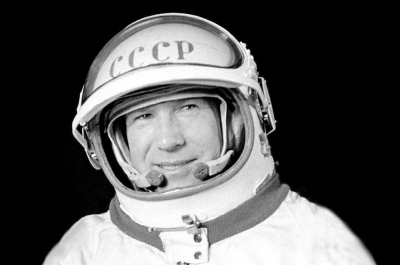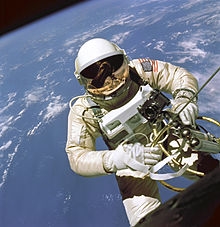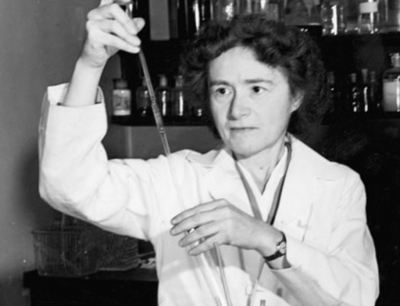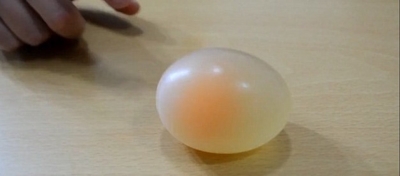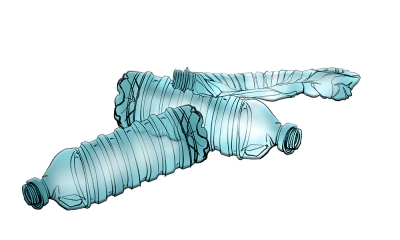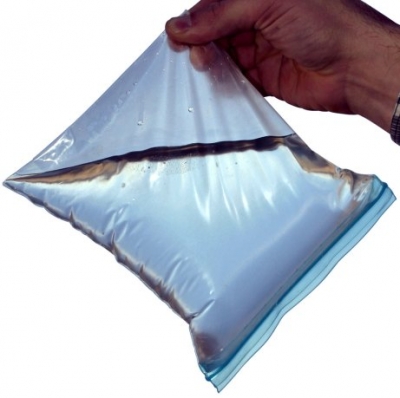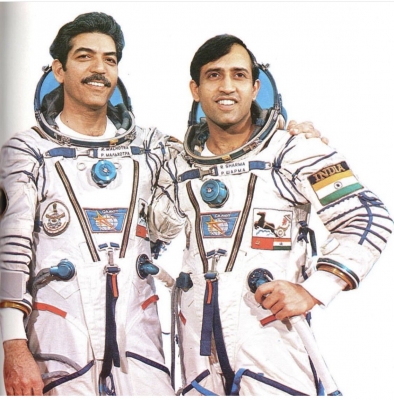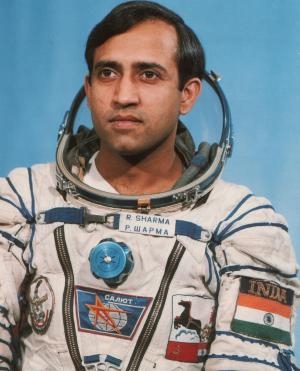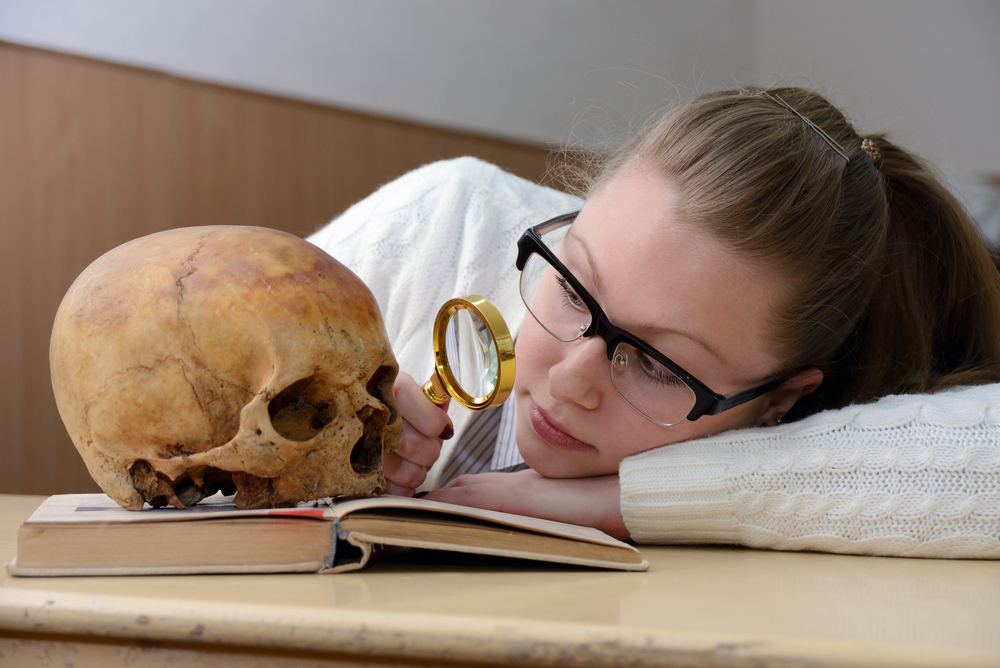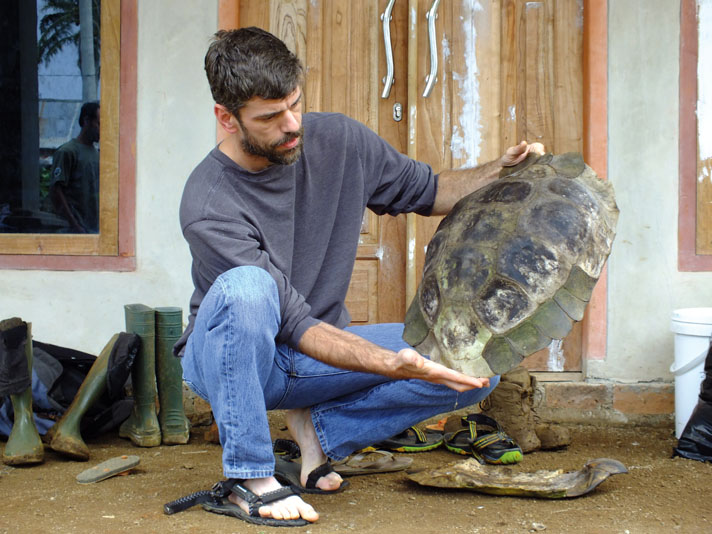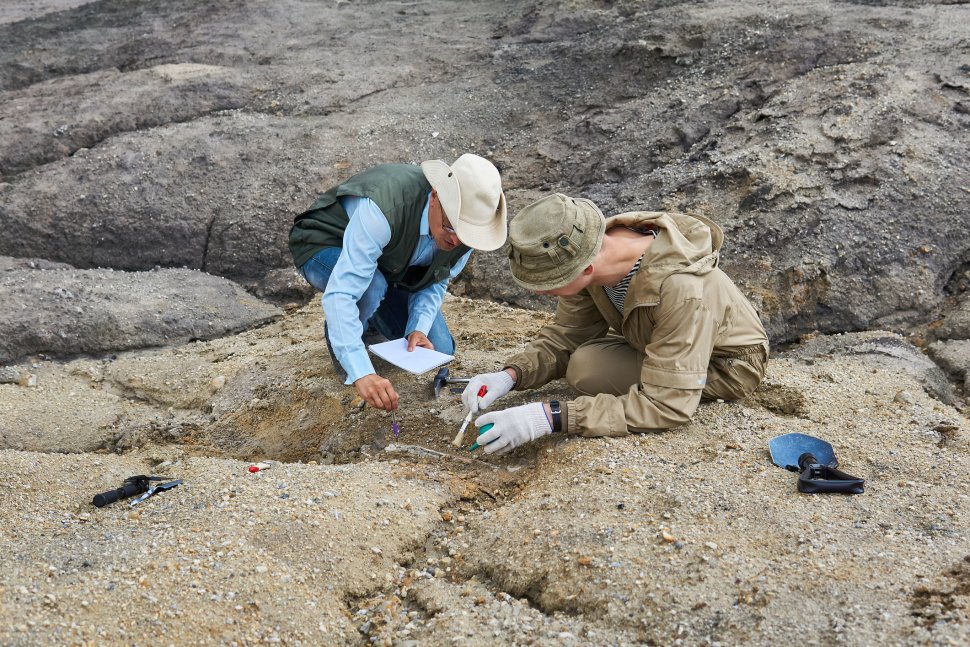Who was the first woman to perform a spacewalk?

On July 17, 1984 Savitskaya launched aboard Soyuz T-12, together with Commander Vladimir Dzhanibekov and research cosmonaut Igor Volk. On July 25, 1984, Savitskaya became the first woman to spacewalk, conducting EVA outside the Salyut 7 space station for 3 hours and 35 minutes, during which she cut and welded metals in space along with her colleague Vladimir Dzhanibekov. The importance of their mission was to test the Universal Hand Tool or Universalry Rabochy Instrument (URI). This tool created at the Paton Instituite in Kiev, Ukraine could be used to cut, solder, weld, and braze in space. During the EVA, Savitskaya performed a total of 6 cuts of titanium and stainless steel, 2 coatings of anodized aluminum, 6 tests of tin and lead solder, and test cuts of a 0.5 mm titanium sample. Of the 57 Soviet/Russian spacewalkers through 2010, she is the only woman, and as of April 2020 is still the only Soviet/Russian woman to walk in space. The return to Earth took place on July 29, 1984.
Savitskaya recalled that, during her second mission, she expressed concern about the extravehicular welding exercises, as "I did not understand the point of it. We might burn our spacesuits or the exterior of the station." but her overall excellent performance on both flights silenced critics who questioned a woman's capability to perform space missions. Savitskaya’s and Dzhanibekov’s training and tests allowed for Dzhanibekov to direct two members of the Salyut 7 crew, Kizim and Solovyov, who had performed multiple EVA’s to repair the ship, in the techniques to operate the URI in order to fully repair the fuel line. The total duration of their mission lasted 11 days, 19 hours, and 14 minutes
Picture Credit : Google
